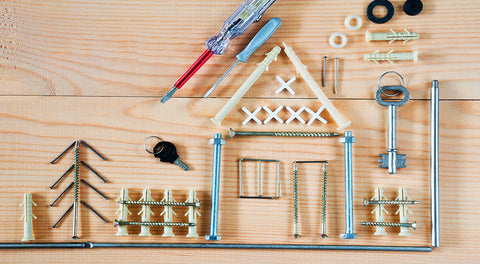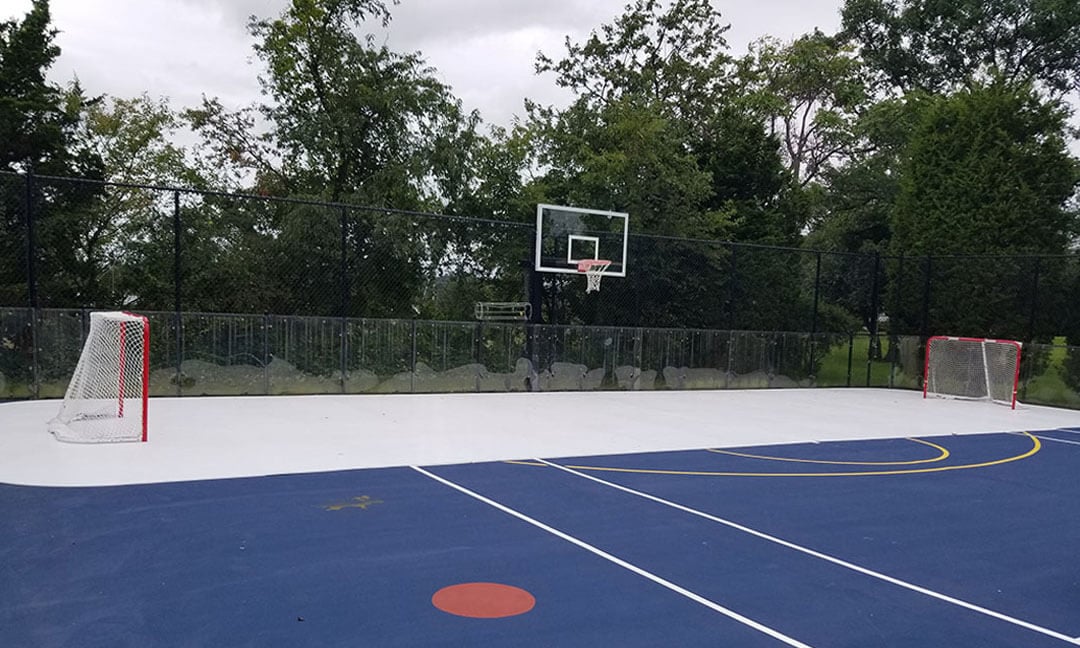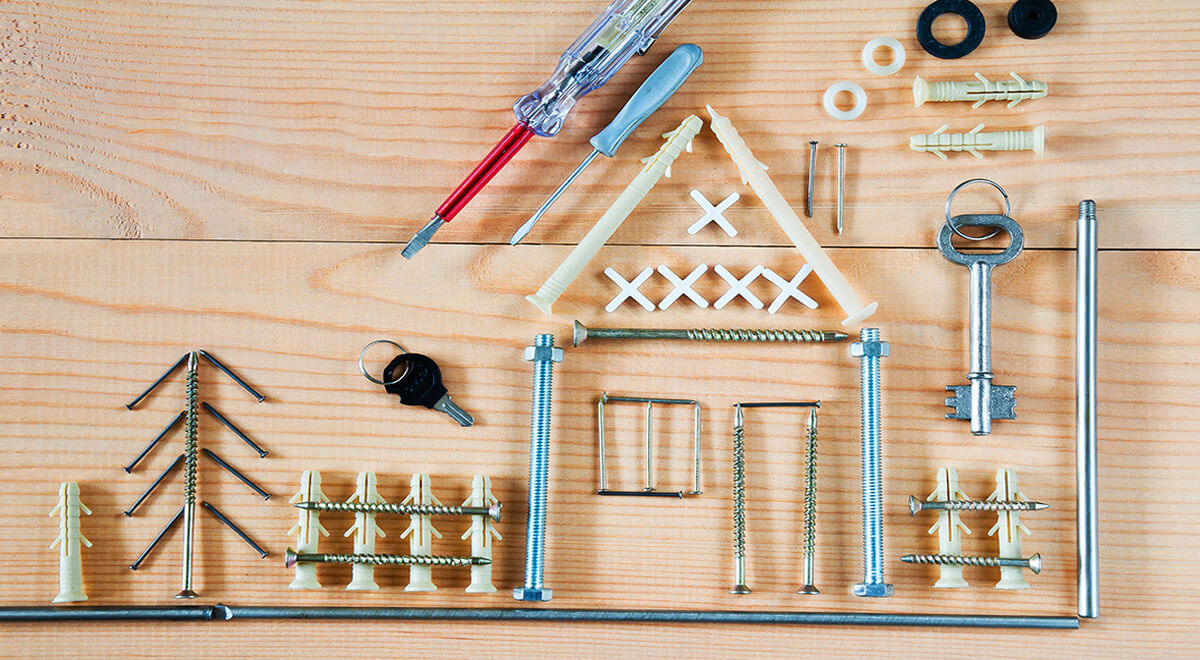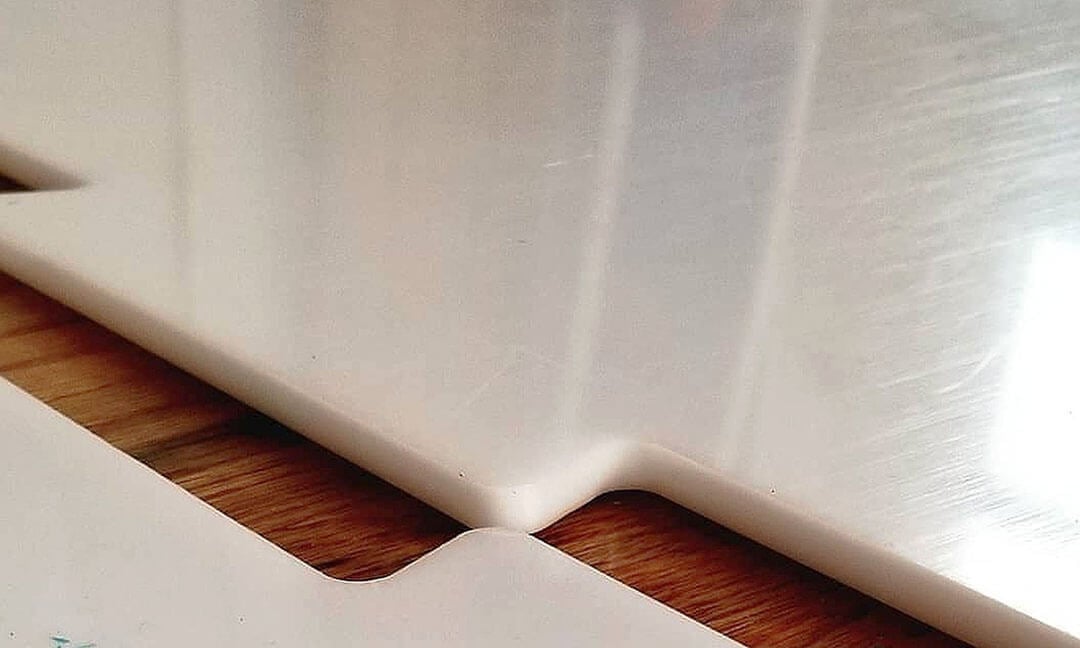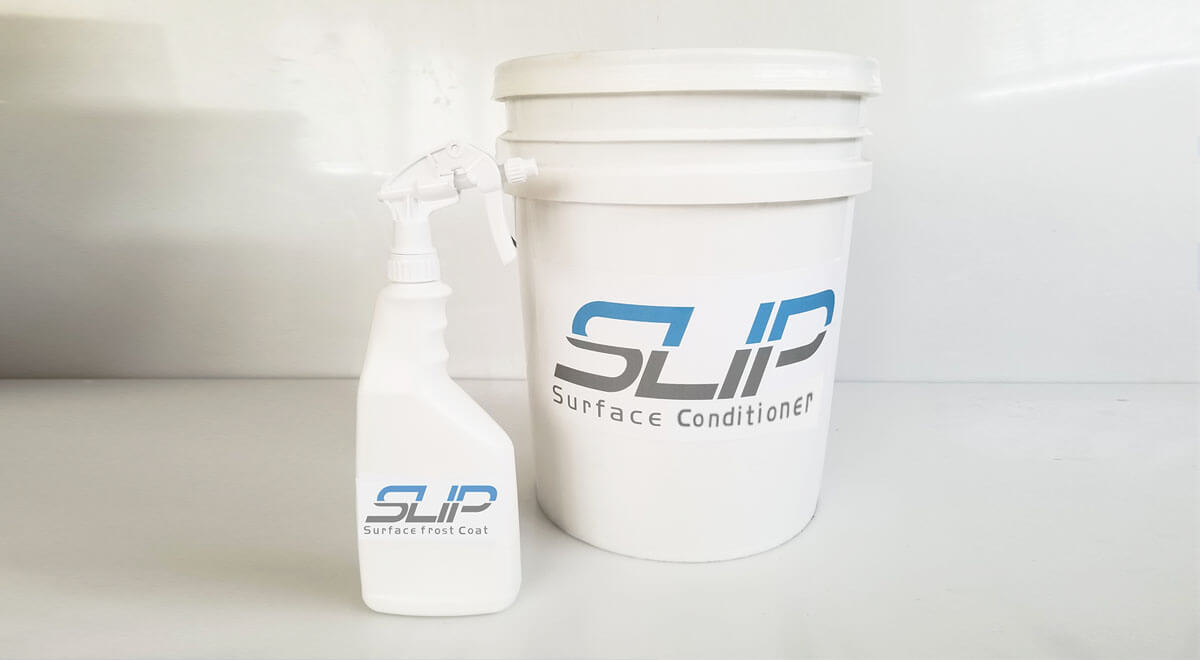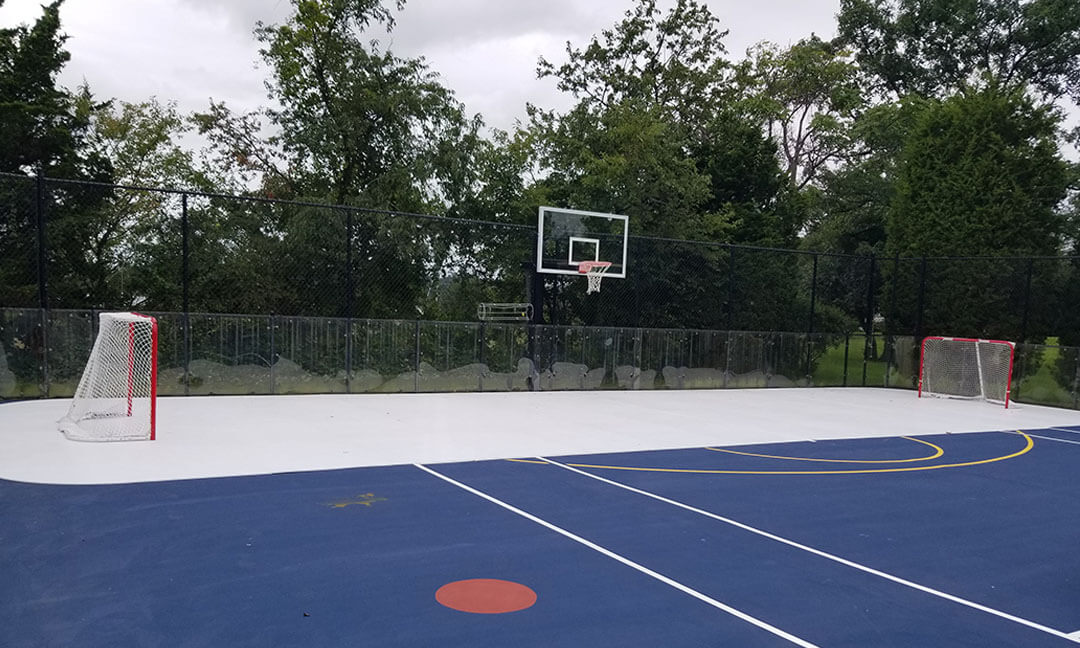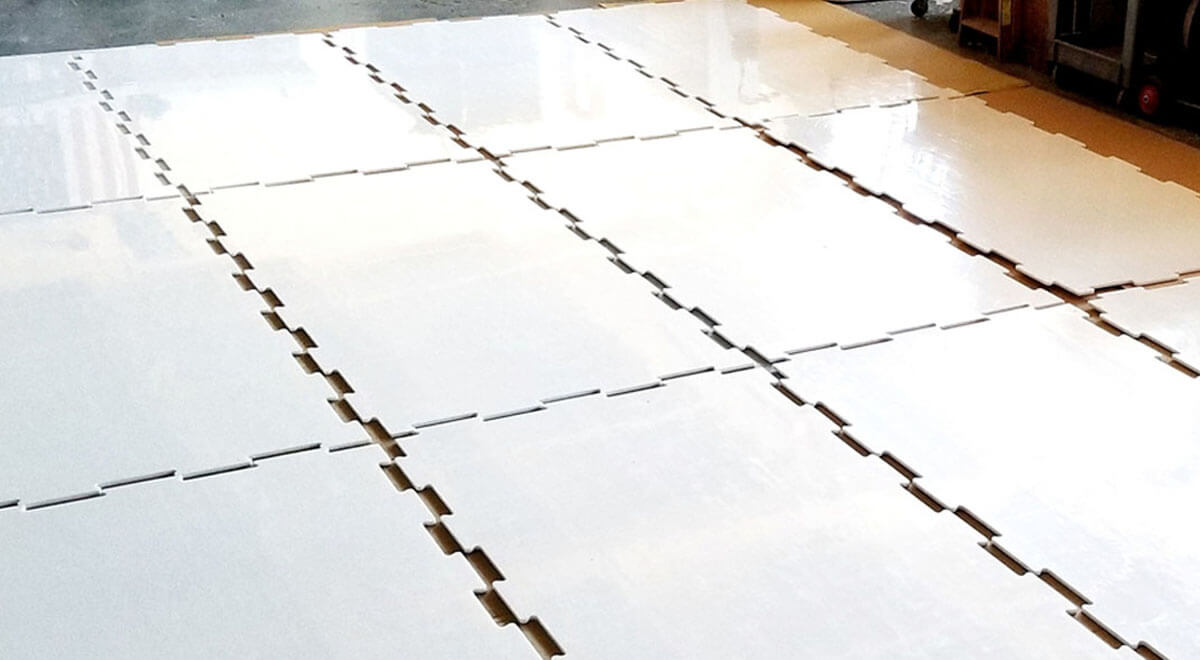Synthetic Ice tips: Can Synthetic Ice Go on Carpet?
Synthetic ice has been around for decades.
Thanks to research and technology, skatable tiles and panels can be made in customizable sizes and shapes.
Now, we no longer have to wait for winter to ice skate.
We can now take our ice skates out for fun any time of the year.
We continue to be in awe of the ingenuity of rink owners.
They develop rinks in garages, barns, spare rooms, decks, and even above pools.
Pushing those limits means building on different surfaces, without necessarily transforming the surface itself.
A common question we are asked is,“can synthetic ice go on your carpet?”
As the popularity of synthetic ice continues to grow, more and more people are wondering if synthetic ice can go on your carpet.
Generally, you need a flat and hard surface where to place your synthetic ice.
It could be outside - like your driveway - or inside the house - such as the basement or an extra room.
However, provisions need to be made in order to install your ice over your carpet, as it may not be flat and hard enough to support the ice panels during skating.

Why Choose Carpet?
Carpet is a great flooring option for homes.
It provides style, warmth, comfort, and can even help absorb sound.
When you install carpet, it’s a long-term investment. No one wants to rip it all up to install their ice rink.
It’s an added expense and removing your carpet is a straightforward process.
Since synthetic ice does not cause moisture damage, some rink owners would want to use a spare carpeted room or area.
How does Carpet Impact Synthetic Ice?
Ice rinks, regardless of material, need a hard, flat surface.
Outdoor natural rinks need a hard, grassy area to fill with water around wintertime.
Refrigerated rinks that are outdoors need grass or concrete for set up.
Indoor facilities also have a concrete foundation.
The same goes for synthetic ice.
Here’s why the sub-surface needs to be flat and firm:
- Flat surfaces provide power when skating. The skater applies force when skating to move, accelerate, and stop. If the surface provides less resistance, you’ll lose speed and have difficulty stopping quickly.
- Synthetic ice tiles and panels connect like puzzle pieces. If you place them directly on the carpet, the vibration of the air pocket between the tile and carpet can cause the panels to bounce and dislodge, leading to possible injury.
- Figure skaters need hard surfaces for a safe landing after jumps. A surface that cannot absorb the energy of the skater, they are more likely to fall and suffer ankle or foot injuries.
- Over time, there is a higher chance of damaging your synthetic ice, reducing its shelf life (as much as 10 years).
If you want to get the best return on your investment, make sure you provide a flat, firm base for your synthetic ice panels.

Where can You Set up Your Home Ice Rink?
Rinks can be used for a variety of purposes - from hosting a backyard hockey game, and training, to ice skating with friends.
There are a few things to keep in mind when choosing a location for your home ice rink.
First, you'll need a level surface that is large enough to accommodate the rink.
Next, you'll also need to make sure the surface is smooth so avoid uneven ice.
There should also be no nearby objects that can pose a hazard to your skaters or damage the ice.
Finally, make sure the location is in a well-lit area so that you can see clearly when you're skating.
With these factors in mind, backyards, driveways, basements, hardwood floors, garages, and decks are great options.
Time to Set it Up.
First, measure your chosen space to determine the size of synthetic ice panels that you'll need to buy.
The next step is acquiring your ice panels.
For instance, we offer the PolyGlide Starter Kit, which is specifically designed to help you quickly set up an ice rink at your home.
The Kit has four individual panels, measuring 1/4" x 24" x 48" each.
The ice panels are made of premium-grade, specially formulated polymer plastic, with a patented proprietary slip agent.
These panels are portable and durable, perfect for skaters of any age.
You’ll simply connect your tiles on your surface and you’re ready to skate.
Moving forward, if your space - especially carpet, driveway or basement, has uneven flooring, you'll need a *flattening plywood that will serve as an underlay or "substrate".
*Note: 3/4" or 23/32" OSB (Orient Strand Board) works quite well, many of which have a tongue & groove interlocking feature.
Many other standard "pine" plywood sheets can be warp so those you will need to avoid.
PolyGlide "Slip Tape" also helps seal the ice panels on the floor, for added security and to keep them from sliding around.

Setting up Your Synthetic Ice Panels at Home
Is your location locked?
Materials prepped?
Got some help?
Now it’s time to build.
Here are the basic steps:
1. Clean Up the Space.
Your ice rink needs a flat and firm surface.
Clean the surface and remove any dirt, dust, or objects.
This includes any rugs that will affect skating.
The surrounding area should also be organized and free from any items that may break or cause injury.
2. Assemble Your Rink.
Synthetic ice rinks come in easy-to-assemble panels that fit together like a puzzle.
Use a rubber mallet to connect the tiles smoothly.
If your chosen location is uneven, place the plywood first, then the panels, using tape to secure them to the surface.
3. Add Some Barriers.
Some areas will have enough space to add barriers around your rink.
Barriers keep skaters contained and prevent stray pucks.
Bounce bars, dasher boards, or netting are excellent options.
4. Get Skating!
Once your rink is set up, invite some friends over and enjoy some fun skating all year long!
Need inspiration?
Check out this video of a family who transformed their living room into an ice rink.
Maintaining Ice Rink at Home
The work is not yet done, even after setting up your home ice rink.
Now, you need to know about maintaining it but don't worry because it is much easier than maintaining ice rinks made of natural ice.
With synthetic ice, you have to address three things: (1) surface shavings, (2) residue from panel conditioners, and (3) general dirt.
Cleaning Surface Shavings
Surface shavings accumulate every time your blade glides across the ice.
They may be a minuscule amount, but when you just let them gather over time, they can ruin your skating experience.
The good thing is that cleaning these shavings is pretty simple.
Using a soft brush, you must sweep off the residue after each session.
But make sure you wear shoe covers to protect your tiles while cleaning them.
PolyGlide Ice shavings can be disposed of with your weekly recyclables!
Removing the Residue from Panel Conditioners
As part of your ice rink maintenance, we highly recommend applying a surface conditioner.
This will help provide a better skating experience on the surface.
However, when using a conditioner, you must mix it with water and apply a light application to the surface with a fine mist spray and a flat microfiber mop.
Be sure to check the surface afterward to wipe it thoroughly clean.
Removing dirt
Naturally, bits of dirt and dust will accumulate on your rink over time.
To limit dirt build-up, clean the surface regularly with a PH-neutral cleanser such as "Simple Green."
Synthetic ice rinks are also subject to wear and tear.
As the skaters trip and fall, scuffs and scratches on the ice are bound to happen.
Examine the ice panels for these and fix them up accordingly.
Conclusion
Setting up a synthetic ice rink in your home is an excellent option if you're looking for a fun and unique way to practice hockey, figure skating, or even stay in shape.
If your spare room has carpet - and you can’t remove it - we recommend prepping the area first with plywood to provide the flat, hard surface that you need.
Once installed correctly, you can barely tell the difference between these rinks and the real thing.
Get started with your synthetic panel skating journey today by checking out all of our rink packages and some great deals!








